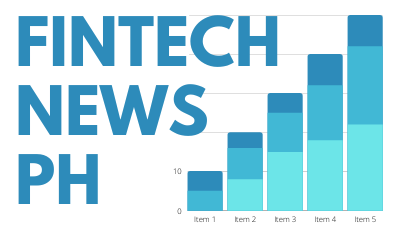The Bangko Sentral ng Pilipinas (BSP) has released preliminary data showing that the outstanding loans of universal and commercial banks (U/KBs), net of reverse repurchase (RRP) placements, have grown at an accelerated pace in August 2024.

In a media advisory, the BSP revealed that the year-on-year growth rate for outstanding loans rose to 10.7%, up from 10.4% in July of this year, reflecting stronger demand for credit across various sectors of the economy.
On a month-on-month, seasonally adjusted basis, U/KB loans, excluding RRPs, increased by 0.8%, signalling sustained lending activity and the robust recovery of the banking sector, despite the challenges posed by global economic uncertainties.
Earlier this year, the Philippine central bank also announced that the country’s economy is poised for a more favorable balance of payments (BOP) position in 2024 and 2025, marking an improvement from projections made in June 2024.
BSP sees stronger growth in loans to residents
Outstanding loans to residents, excluding RRPs, also showed notable improvement, with a 10.9% increase in August compared to 10.4% in July. This marks a continued uptrend in credit demand from local borrowers, driven by both production activities and consumer needs.
In contrast, loans to non-residents increased at a slower rate, registering just a 1.5% growth in August, down from 9.2% in the previous month. Non-resident loans, which include those extended by foreign currency deposit units (FCDUs) of U/KBs, have been affected by global economic headwinds, including tighter monetary policies in major economies and geopolitical uncertainties.
Production activities fueling lending growth

A closer look at the data reveals that the growth in bank lending was primarily fueled by loans for production activities, which expanded by 9.4% in August, up from 8.8% in July.
Key industries that benefited from this lending surge include:
- Real estate activities: Loans to the real estate sector saw a significant rise, growing by 13.2% year-on-year. The property market continues to recover as demand for residential, commercial, and industrial spaces increases, aided by low interest rates and the reopening of the economy.
- Wholesale and retail trade, repair of motor vehicles and motorcycles: This sector recorded a 10.7% increase in loans, reflecting the steady recovery in consumer spending and business activity as the economy rebounds from pandemic-related disruptions.
- Manufacturing: Lending to the manufacturing sector grew by 9.8% in August, signaling robust industrial activity, supported by improved domestic and international demand for goods.
- Transportation and storage: The transportation and logistics sector saw the largest year-on-year growth at 23.4%, driven by increased mobility and the need for improved logistics services in response to the rise of e-commerce and supply chain requirements.
- Electricity, gas, steam, and air conditioning supply: Loans to the utilities sector rose by 7.0%, reflecting investments in energy infrastructure and increased demand for utilities as businesses resume full operations.
Consumer loan grows, credit card lending slows down

Consumer loans to residents also increased but at a slower rate of 23.7% in August, down from 24.3% in July. The deceleration was mainly due to moderated growth in credit card lending, which remains a significant driver of household credit.
Despite the slowdown, the 23.7% growth rate indicates continued consumer demand for credit, supported by rising incomes and improved consumer confidence as economic conditions stabilize.
Looking ahead, the BSP emphasized that it will continue to monitor and manage domestic liquidity and lending conditions to ensure that they remain aligned with its price and financial stability objectives. The central bank aims to strike a balance between supporting economic growth through adequate credit supply and maintaining inflation within target levels.
As inflationary pressures persist, partly due to external factors such as global commodity price fluctuations and supply chain disruptions, the BSP remains committed to adjusting its monetary policy to keep inflation under control while promoting sustainable economic expansion.
In the end, the continued growth in bank lending reflects the resilience of the Philippine economy as it navigates global uncertainties. With key sectors such as real estate, manufacturing, and transportation driving demand for credit, and consumer loans remaining strong, the banking sector is playing a crucial role in fueling economic recovery.
The BSP’s commitment to maintaining stable liquidity and lending conditions will be critical in ensuring that the upward momentum in lending supports long-term economic growth while safeguarding financial stability.

